Large Black Ants in House | Eradicate Large Black Ants in House Effectively
Large black ants, particularly carpenter ants, are a common problem in many households. These ants can cause damage to wood and create nests inside your walls, making it crucial to address the infestation promptly. In this article, we will provide you with valuable insights and practical solutions to help you get rid of these pests once and for all.

Key Takeaways:
- Understanding the behavior and habitat of large black ants is crucial in effectively eliminating them from your house.
- Carpenter ants, the most common large black ants found indoors, are attracted to moist and moldy wood.
- Identifying carpenter ants can be done by their size and color, as well as the presence of wood shavings near their activity areas.
- Baiting, disrupting scent trails, and locating and destroying their nests are effective methods to get rid of carpenter ants.
- Prevent future carpenter ant infestations by sealing cracks, trimming plants near your home, and maintaining cleanliness.
Identifying Carpenter Ants
Carpenter ants are among the large black ants commonly found in homes. They can be identified by their size, typically measuring about 1/2" to 5/8" in length. These ants come in various color variations, including red-black, all-red, all-black, or all-brown. Unlike termites, carpenter ants do not consume wood. Instead, they chew and excrete it to create pathways for their colonies.
If you notice piles of wood shavings, known as frass, near your walls or furniture, it's a clear sign of carpenter ant activity. These piles indicate that the ants are tunneling through your wooden structures. Recognizing carpenter ants is crucial for implementing effective eradication strategies and protecting your home from further damage.
How to Identify Carpenter Ants:
- Measuring approximately 1/2" to 5/8" in length
- Color variations include red-black, all-red, all-black, or all-brown
- Carpenter ants do not consume wood but chew and excrete it
- Presence of wood shavings, known as frass, near walls or furniture
Getting Rid of Carpenter Ants
To effectively eliminate carpenter ants from your house and control the black ant infestation, several strategies can be employed. One highly effective method is baiting. By setting out sweet baits, such as jam or jelly, you can attract the ants and effectively get rid of them. Another alternative is to create a mixture of sugar and baking soda, which acts as a natural ant killer. Place this mixture in areas where ant activity is noticed.
In order to disrupt the ants' scent trails and prevent them from returning to their food sources, you can utilize essential oils or a solution of dish soap and water. Spraying these solutions along ant pathways or directly on the ants themselves can interrupt their communication and deter them from further infesting your home.
Locating and destroying the black ant nests is crucial for effective control and extermination. Follow the ants to identify their entry points or listen for rustling sounds within your walls. Once located, drill small holes and use boric acid to exterminate the ants within the nests. This method is highly effective in black ant nest removal.
If your DIY methods are unsuccessful in eradicating the carpenter ant infestation, it may be necessary to call a professional exterminator. They possess the expertise and specialized tools to ensure complete eradication and black ant control in your home. A professional exterminator will employ advanced techniques to get rid of black ants and eliminate the infestation once and for all.

Calling a professional exterminator
If your DIY methods don't get the job done, don't hesitate to seek professional assistance. Professional exterminators have the experience and knowledge required to handle severe black ant infestations. They will assess the situation, develop an effective extermination plan, and use appropriate methods to control and eliminate the ants.
Preventing Future Carpenter Ant Infestations
Taking preventive measures is key to avoiding future carpenter ant infestations. By following these black ant prevention tips, you can minimize the risk of another infestation and keep your home free from unwanted pests.
Seal Cracks and Holes
Start by sealing cracks and holes in your home's exterior using caulk. Carpenter ants can enter your house through even the tiniest openings, so it's essential to seal off any potential entry points. Inspect your walls, foundation, windows, and doors for cracks and gaps, then use caulk to secure them. By doing so, you create a barrier that prevents ants from finding their way inside.
Trim Plants Near Exterior Walls
Another effective preventative measure is to trim plants near your exterior walls. Black ants often use tree branches and shrubs as bridges to access your home. By keeping those plants well-maintained and ensuring they are at a safe distance from your house, you eliminate potential pathways for ants to enter.
Regularly Clean Your Home
Regular cleaning is essential in preventing black ants from infesting your house. Make sure to remove any food debris from floors, countertops, and other surfaces. Additionally, store food in airtight containers to eliminate tempting food sources for ants. By maintaining a clean environment, you make your home less attractive to these pests.
Fix Leaks and Moisture Issues
Carpenter ants are often drawn to areas with excess moisture, as they prefer damp environments. To eliminate attractive conditions for ants, fix any leaks, such as plumbing leaks or roof leaks, immediately. Additionally, address any moisture issues in your home, such as inadequate ventilation or excessive humidity. By reducing moisture levels, you make your home less appealing to carpenter ants.
By employing these black ant prevention tips, including sealing cracks and holes, trimming plants near your exterior walls, regularly cleaning your home, and fixing leaks and moisture issues, you can significantly reduce the risk of another carpenter ant infestation. Take action today to protect your home and keep it free from these unwanted pests.

Dealing with a Black Ant Problem
If you're dealing with a black ant problem in your home, it's crucial to take immediate action to prevent further infestation and damage. The first step is to correctly identify the type of ant species you're dealing with, as this will help determine the most effective eradication methods.
For large black ants, such as carpenter ants, there are several recommended solutions that can help eliminate the infestation. Bait traps can be strategically placed to attract and eliminate ants. You can also apply insecticidal dust or diatomaceous earth directly to the ant nests to eradicate the colony. Maintaining a clean environment is essential in preventing ants from finding food sources and establishing new colonies.
In addition to targeted eradication methods, it's important to focus on preventing ants from entering your home. Seal any cracks and holes in your walls, foundation, or windows to create a barrier that ants cannot penetrate. Fixing leaks and addressing moisture issues will also help deter ants, as they are attracted to areas with high humidity.
By taking prompt action and using a combination of eradication and prevention techniques, you can effectively manage and eradicate a black ant problem in your home.
Avoiding Black Ant Repellent
While there are many products available on the market labeled as the "best black ant repellent," it's important to exercise caution when using chemical-based repellents, especially if you have children or pets in your home. Some repellents may contain harmful ingredients that can pose a risk to the health and well-being of your family.
Instead of relying solely on repellents, focus on a comprehensive approach that includes proper identification, targeted eradication methods, and preventive measures. This holistic strategy will not only help eradicate the current ant infestation but also minimize the chances of future infestations.
Conclusion
Large black ants, particularly carpenter ants, can be a nuisance and cause damage to your home. To effectively control and eliminate these ants, it is crucial to understand their behavior and habits. By implementing appropriate eradication and prevention methods, you can maintain a clean and ant-free environment.
Identifying carpenter ants correctly is the first step in controlling their population. Look for their distinctive appearance and signs of activity, such as wood shavings near walls or furniture. Once identified, you can take prompt action to eradicate the ants.
There are various methods you can use for black ant control and extermination. Baiting, disrupting scent trails, and destroying nests are effective strategies. Additionally, taking preventive measures, such as sealing cracks and holes, trimming plants near the house, and eliminating food sources, can help prevent future infestations.
By following these guidelines and being proactive in addressing black ant problems, you can effectively eliminate these pests and protect your home from further damage. Remember to consult professional exterminators if needed. Take control of your home and enjoy an ant-free environment.
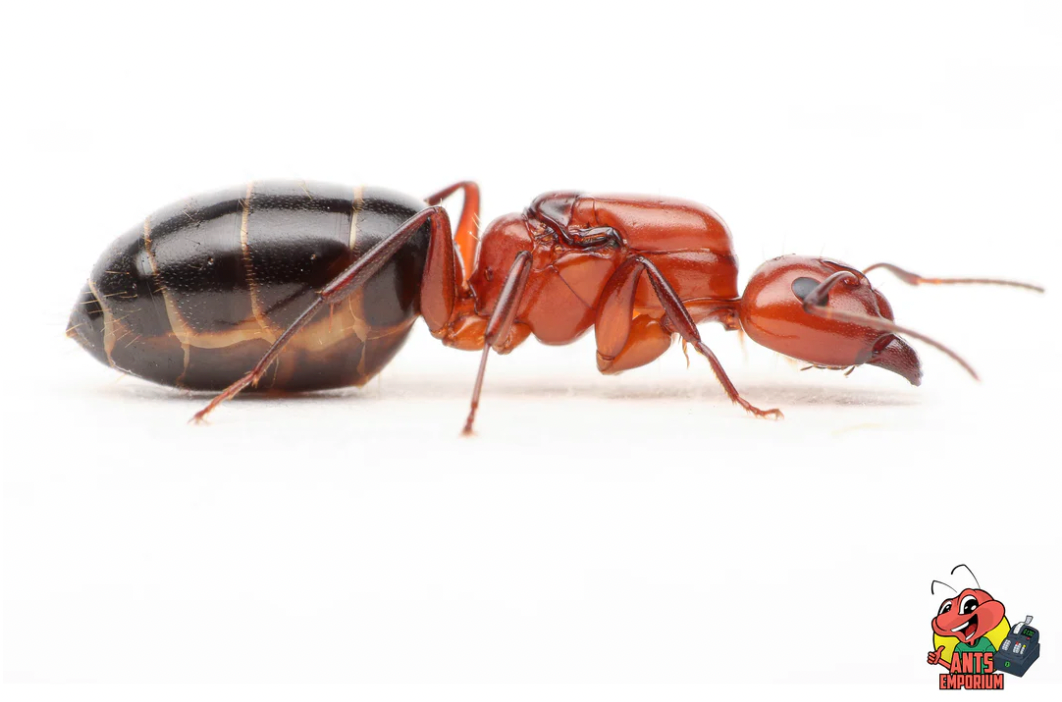
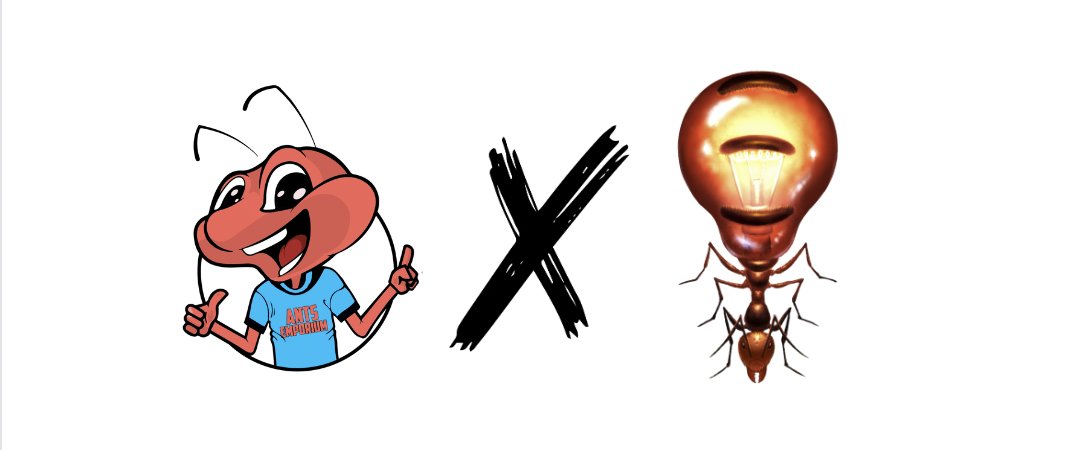
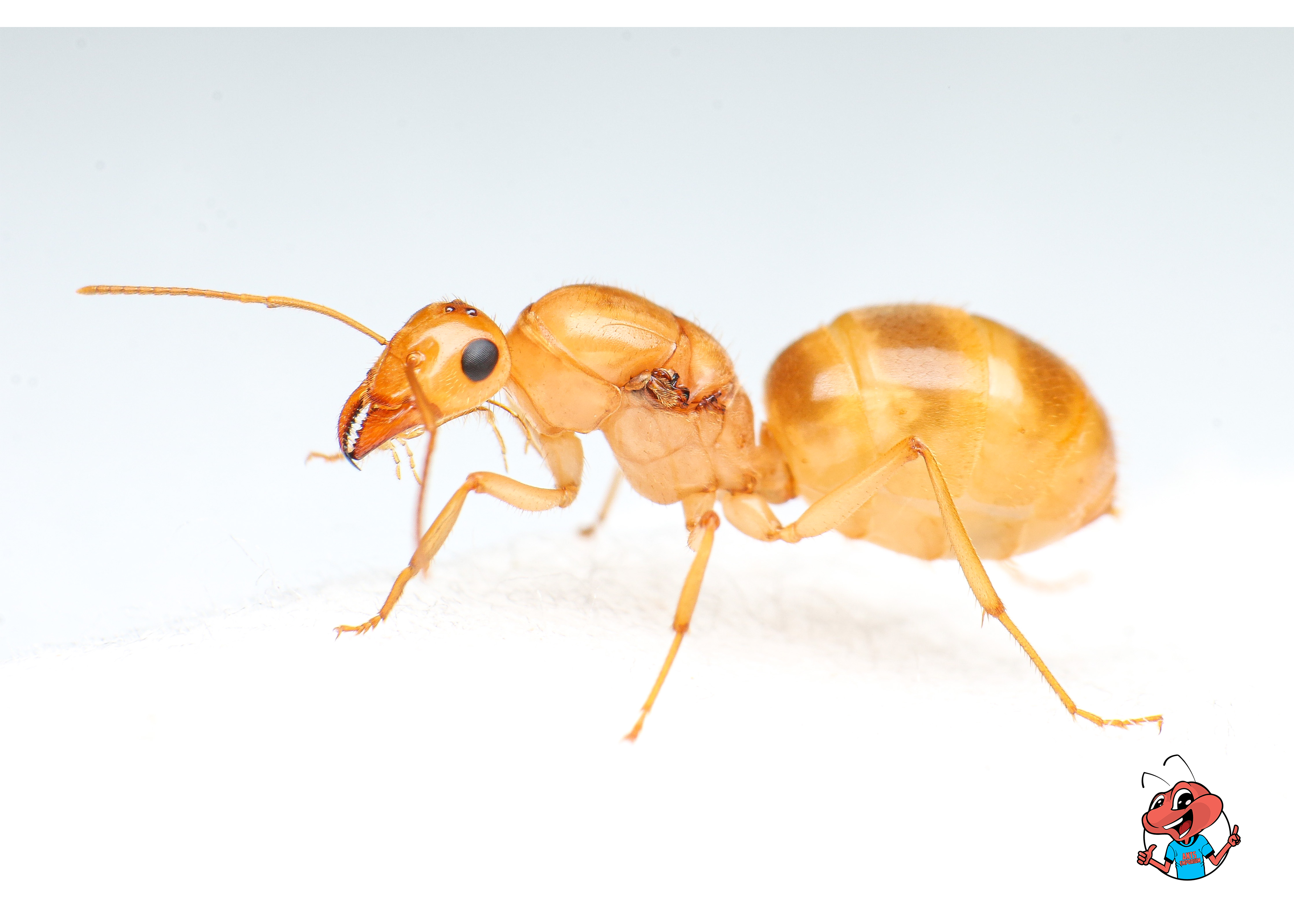
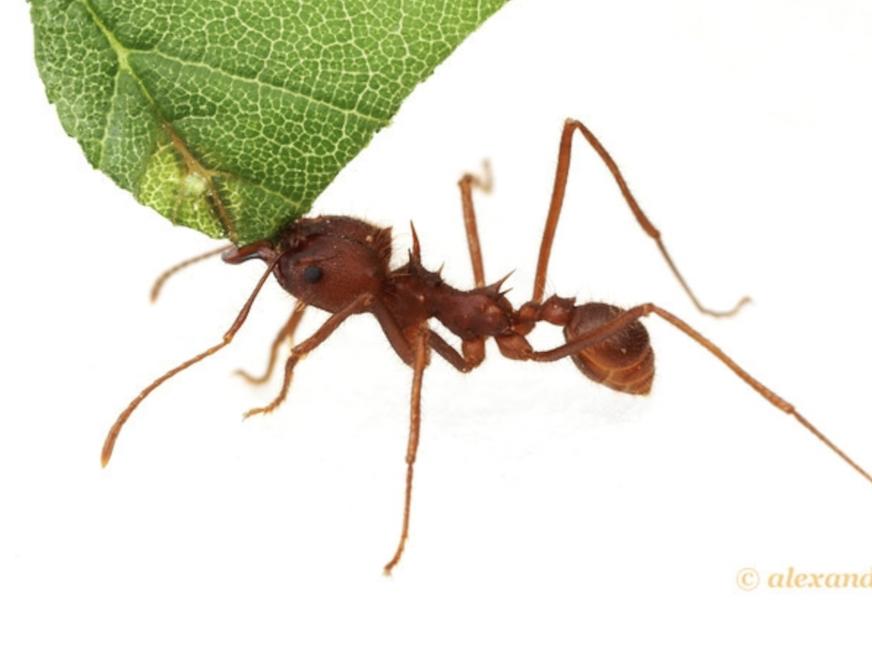
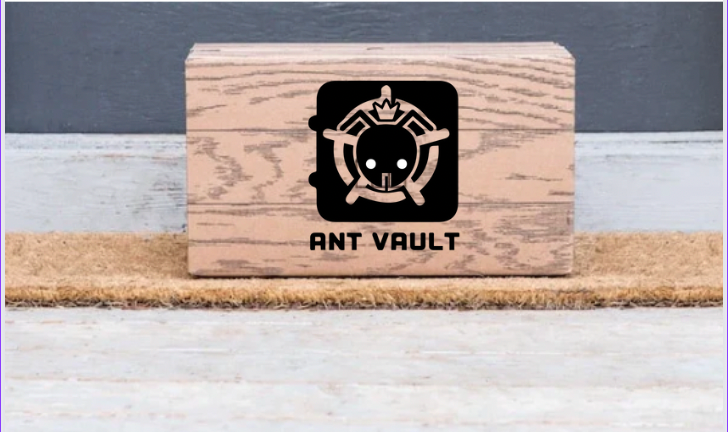


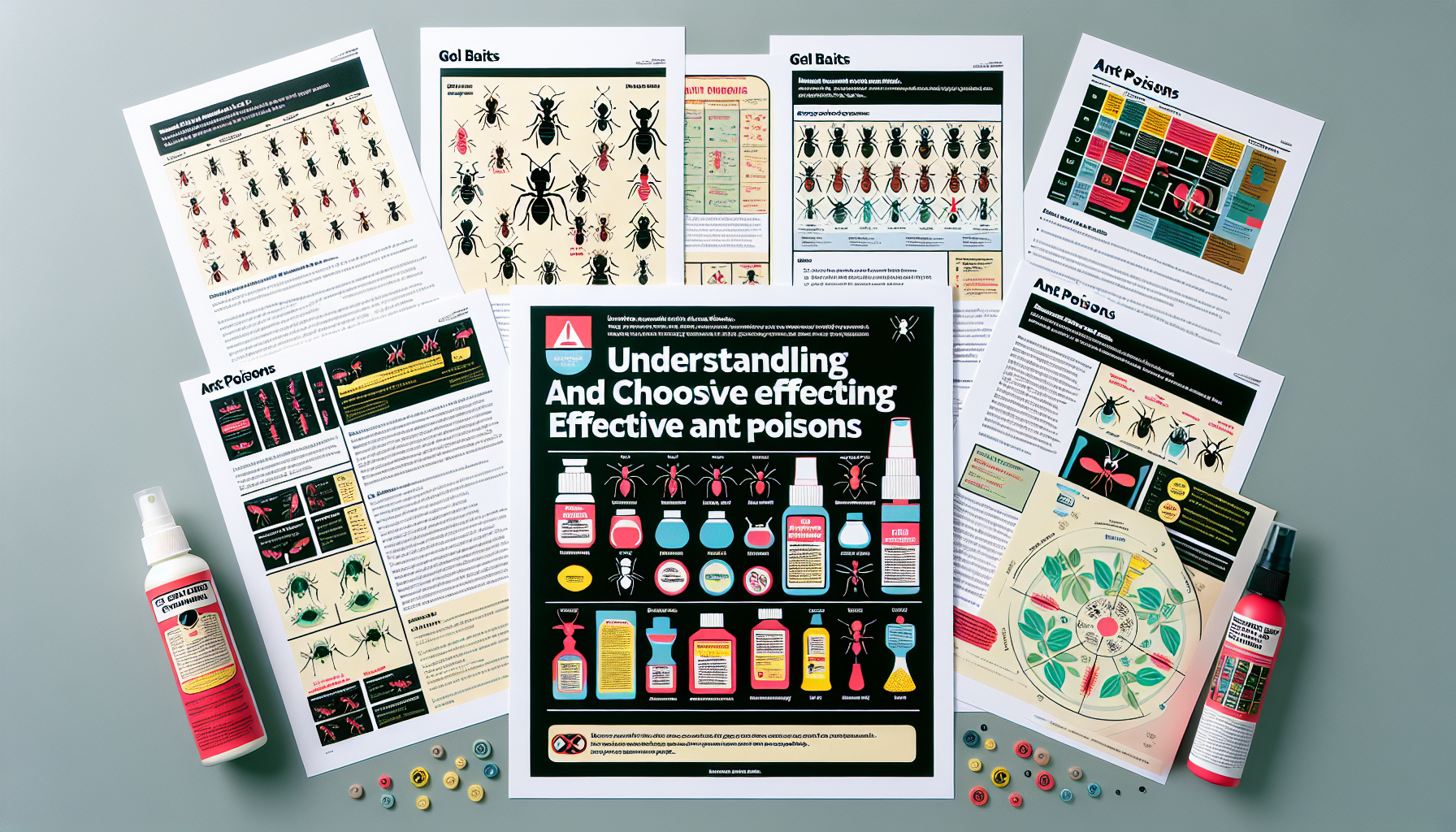
Leave a comment